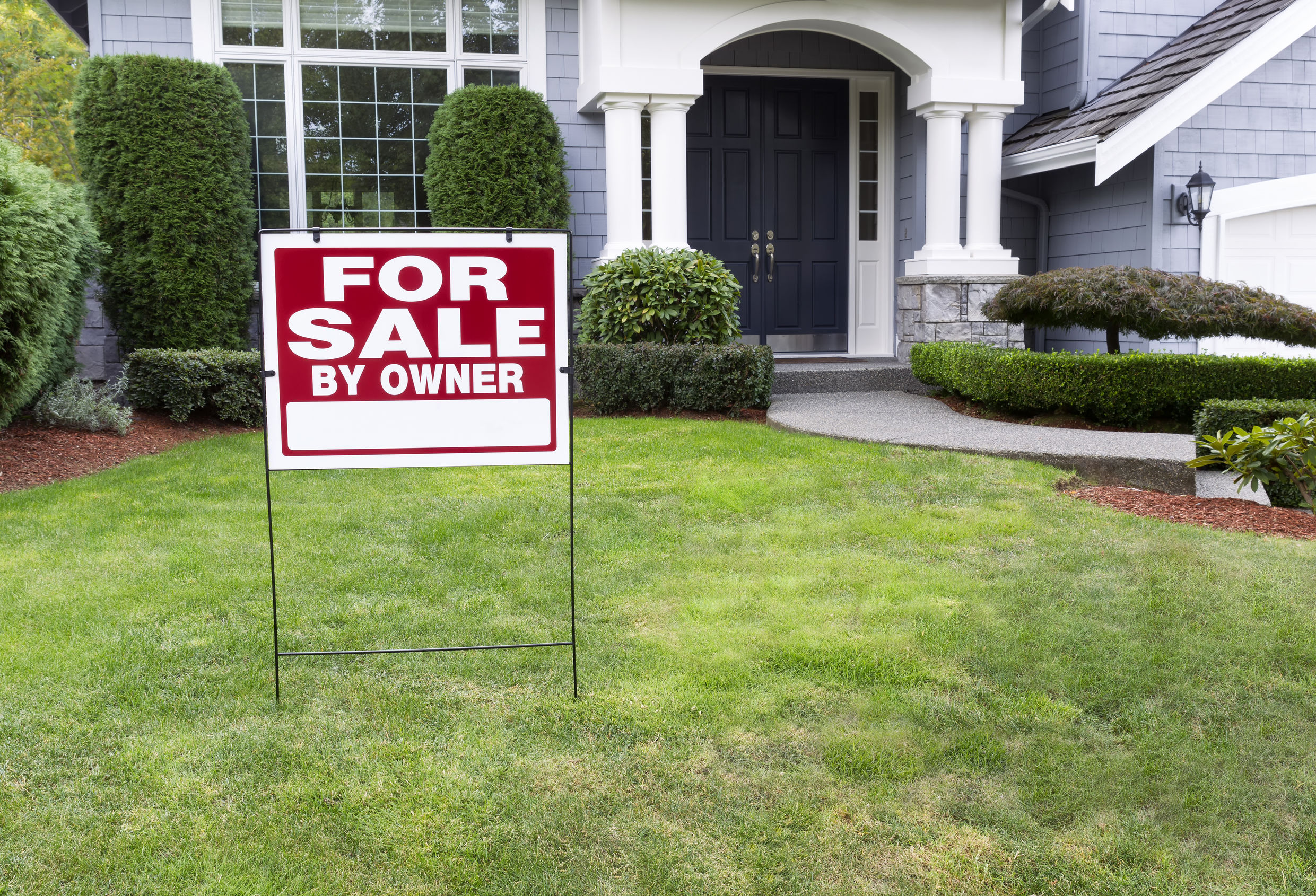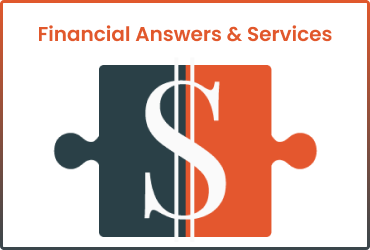Property Line And Fence Disputes – Q/A
Property disputes involving fences and allegations of encroachment are among the most heavily litigated types of property law cases and are almost always contentious.
For this reason, one should be prepared to weigh all of the potential benefits and risks involved in taking formal legal action rather than attempting to handle the dispute amicably and informally.
My neighbor’s fence is on my property. What should I do?
It is always advisable to speak with your neighbor first and try and settle the issues without resorting to using or threatening legal action. The neighbor may have been unaware of the problem and may even be relieved that you brought it to the property owner’s attention.
Property fences are usually constructed for the homeowner’s privacy security and for demarcating the property owner’s legal boundaries.
What types of legal disputes involve fences?
Most fence issues revolve around the fence’s height, location, and appearance and whether an adjoining property owner has encroached on the legal boundary lines. Concerning size, most local residential and planned development rules usually restrict backyard fences to six feet and front yard fences to four feet.
Zoning laws
There may also be other specific zoning laws dealing with the aesthetic aspect of particular types of fence construction, which may affect one’s legal property rights in a fence dispute. In this regard, you will want to determine if the subject fence can be legally classified as an eyesore. However, this approach only sometimes works since a fence that complies with all local laws and ordinances is rarely ordered removed based solely on aesthetic reasons.
What qualifies as a fence?
Artificial and natural boundaries
The term fence has been construed by most jurisdictions broadly and includes almost all types of fences, boundary walls, and materials. Most municipal ordinances permit almost anything that serves as a partition, including trees, bushes, or hedges.
Who has legal responsibility for property lines?
Ownership of property dictates responsibility
Under state law, both property owners’ legal responsibility is to ensure that their property lines follow the actual demarcations expressly stated in their respective deeds and legal papers. Fence property laws are subject to state and municipal jurisdiction and are published through city and municipal ordinances and by state statute.
What if I live in a planned development?
Local ordinances and homeowner restrictions
Suppose the property owners reside in a planned development with a homeowner’s association or other ruling body. The main issue may be whether the dispute is covered by the specific local restrictions and rules enumerated in the homeowner’s association bylaws and regulations. If not, you must follow the local municipal and state laws.
What if a fence sits on the boundary line?
Mutual ownership and maintenance obligations
Unless the property owners to a fence dispute contract otherwise, fences situated on the actual boundary line belong to and are the responsibility of both property owners. They are also responsible for maintaining the fence’s condition and ensuring it reasonably and accurately traces the actual legal boundaries of the property.
In this regard, it is always advisable to share the repair and maintenance costs of the fence. Therefore, each property owner is legally responsible for keeping their side of the fence in good repair. Neither can remove it without the other property owner’s permission and consent.
What if tree branches hang over the fence?
Suppose the dispute involves the allegation that the tree branches are hanging over the fence and property line. In that case, most states allow the property owner to cut the offending branches where they cross over the property line, providing that the cutting does not damage the tree or the property in which the tree is rooted.
It is strongly advised that you notify the property owner before you proceed with the cutting, though this is usually not a legal requirement.
What if the fence was maliciously erected?
A fence constructed with no reasonable or apparent use and built with the specific intention to either annoy, harass, or vex the adjoining property owner will usually be subject to an injunctive order to remove or modify the offending fence.
Private nuisance
The legal remedy for such an action may be based on the doctrine of private nuisance. Once a problem is legally established, the defendant may be required to affirmatively demonstrate that the offending fence was reasonably necessary under the circumstances.
These cases are problematic to win simply because most fences have some arguable benefit to the owner, such as privacy and safety concerns.
What is adverse possession?
Adverse Possession is a legal doctrine that gives the encroaching neighbor the right to argue that they have a form of legal ownership of the property covered by the fence encroachment on the basis that the non-offending landowner knew of the encroachment and neither objected nor brought a legal action to protest it for years, as prescribed by state or local ordinance.
The laws of Adverse Possession are particular. They encourage landowners to be responsible and conscientious concerning their property rights and discourage them from sleeping on their legal rights concerning their property ownership and use.
What types of remedies are available in Property Disputes?
The measure and types of legal damages available to you will depend on the real property laws of your state or municipality.
Injunctive relief
The primary remedy of fence disputes usually includes injunctive relief against the encroaching property owner. An injunction is a written court order to do or refrain from doing something. The injunction may order the property owner to remove or modify the fence so that it no longer violates the claimant’s property rights.
Money damages
Suppose the fence turns out to be a substantial factor in causing damage or reduced value to the subject property. In that case, the defendant may be held legally responsible for what is known as consequential damages also known as money damages.
Court balances the equities
The court will consider a host of factors in these types of cases. Then balance the following equities in the case and fashion an appropriate order the property owners must follow.
These factors and equities include:
- The intent of the parties
- Whether either party was acting in bad faith
- The value of the respective properties
- The degree of devaluation of the property
- The physical and overall aesthetic condition of the property
- The potential for continued loss of value if nothing is changed
Property Lawyers
Should you seek additional information, consider consulting with an online property lawyer for specific advice.











